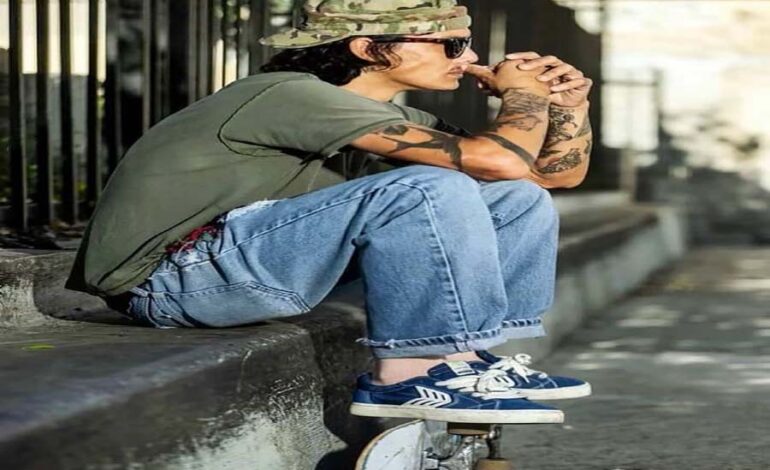Mastering Minimalist Style: A Guide to Less-is-More Fashion

In the realm of menswear, where flamboyance often takes center stage, minimalist style stands out as a beacon of timeless elegance and understated sophistication. This article delves into the world of minimalist fashion, exploring its history, defining components, and its seamless integration into men’s fashion.

Embracing Minimalism
By prioritizing quality materials and precision craftsmanship while eschewing unnecessary adornments, minimalist fashion advocates for a less-is-more approach that embodies both chicness and sustainability. It champions functionality and versatility, offering a wardrobe that transcends fleeting trends for enduring relevance.
Understanding Minimalist Style
At its core, minimalist fashion for men is characterized by stark simplicity, clean lines, and a monochromatic palette. It embodies brevity yet profundity, emphasizing quality materials and precise craftsmanship over superfluous embellishments. This aesthetic speaks volumes through subtlety and attention to detail, allowing the wearer’s persona to shine through.
Evolution of Minimalist Style
Post-War Origins
Rooted in the austerity of the post-war era, minimalist fashion emerged as a response to frivolity. Designers introduced simplicity and elegance, echoing the Bauhaus tradition of melding form and function into men’s fashion.

Mod Movement of the 1960s
The Mod subculture embraced minimalism with tailored suits and monochromatic schemes, epitomizing sleekness and sophistication.
Japanese Influence in the 1980s
Japanese designers like Rei Kawakubo and Issey Miyake infused minimalism with innovative fabric techniques, merging traditional Japanese aesthetics with contemporary design.
1990s Minimalist Revolution
Designers like Helmut Lang and Calvin Klein propelled minimalism to the forefront with clean lines and unadorned aesthetics.

Minimalism in the Digital Age
In the digital era, brands like Everlane and Uniqlo champion sustainability and ethical production, offering high-quality, minimalist clothing that transcends fast fashion.
Components of Minimalist Style
- Monochromatic Core: Black, white, and gray form the foundation of a minimalist wardrobe, offering versatility and timelessness.
- Streamlined Silhouettes: Clean lines and tailored fits define minimalist fashion, allowing the garment’s quality to shine.
- Subtle Textures: Incorporating subtle textures adds depth and interest to minimalist outfits without overwhelming simplicity.
- Intentional Accessories: Minimalist accessories complement the outfit without overshadowing it, focusing on timeless pieces.
- Quality Over Quantity: Investing in well-made garments ensures longevity and functionality in a minimalist wardrobe.
Minimalist Hairstyles & Grooming Trends
Minimalist grooming emphasizes simplicity, functionality, and timelessness. Classic hairstyles like the crew cut and slicked-back look complement minimalist fashion’s clean aesthetic.

Minimalist Style Icons
Figures like Steve McQueen, George Clooney, and Pharrell Williams embody minimalist cool through their timeless and sophisticated fashion choices.
Minimalist Outfits for Men
Creating a minimalist outfit involves combining key pieces with a focus on fit, color, and simplicity. Neutral tones, well-fitted garments, and quality materials are essential for a minimalist wardrobe.
Embracing Minimalism
Minimalist style is not merely a fashion statement but a commitment to intentional living and timeless elegance. By embracing minimalist fashion, men can curate refined and sustainable wardrobes that exude effortless style and sophistication.















